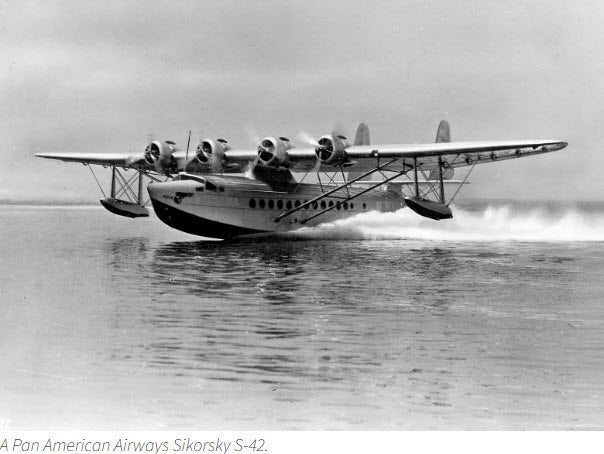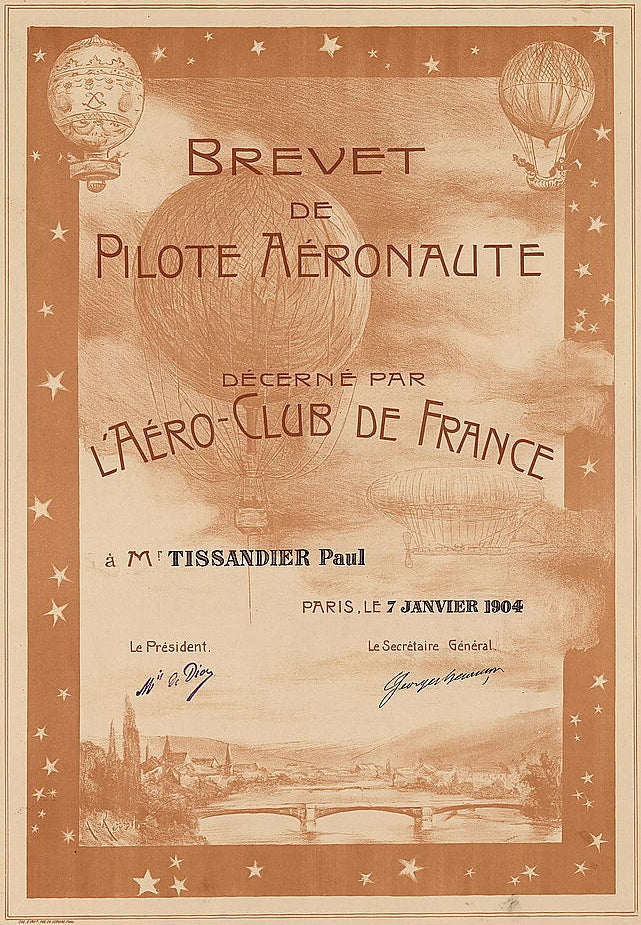The First Female Naval Aviator

Barbara Ann Allen
Ms. Allen was the daughter of a U.S. Naval Officer and was born at Bethesda Naval Hospital on August 20, 1948.
It seems that she was always destined to be a U.S. Navy officer right from the start!
She attended Lakewood High School in Lakewood, CA, graduating in 1966. From there, she went on to Long Beach City College, achieving distinction by being on the dean's list for four consecutive semesters.
She then transferred to Whittier College, graduating in 1969.
On December 18, 1970, Miss Allen completed the U.S. Navy Officer Candidate School in Newport, Rhode Island, and was commissioned as an Ensign.
Her first assignment was the Amphibious Warfare Base in Little Creek, VA.
Following that assignment, she joined the staff at Atlantic Fleet headquarters in Norfolk, VA. On March 18, 1972, Miss Allen was promoted to lieutenant JG.
NAS Pensacola, Florida
It is February 1973, and Lt. Allen is selected, along with three other women, for pilot training at NAS Pensacola, FL.

On 22 February 1974, Barbara Ann Allen became the first woman to receive her Wings of Gold and become a Naval Aviator.
Flying The "COD"
The COD is a twin-engine Carrier On-Board Delivery Transport, and Lt. Allen's first assignment was as a pilot on the Grumman C-1A Trader aircraft.

An aircraft carrier is called a "city at sea," and keeping it resupplied is a real challenge because the carrier is always on the move.
A COD plays a very important part in delivering passengers, cargo, and mail to the crew.
These aircraft are critical to the safe and continued operation of the carrier.
It is also a challenge for the pilots to land these aircraft on a moving carrier!
Just imagine, you are the first U.S. Navy female pilot, and your first assignment is to land a COD on an aircraft carrier! Not for the faint of heart, I guess!
The Grumman C-1A Trader was the last piston-powered aircraft to be used for supplying aircraft carriers.
C-1A Specifications:
- Length: 42 ft.;
- Height: 16 ft., 3 1/2 in.
- Wingspan: 69 ft., 8 in.
- Weights: Empty: 16,631 lb.; Gross: 24,600 lb.
- Two 1,525 horsepower Wright R-1820-82WA engines
- Performance: Maximum Speed: 280 M.P.H. at 4,000 ft.; Service ceiling: 24,800 ft.; Range: 1,110 miles
- Crew: Two pilots and one aircrewman
Not only did Lt.J.G. Allen fly the C-1A, but she was also the first woman in the U.S. Navy to qualify in a jet-powered aircraft, the T-39 Sabreliner.

The T-39 was used by the U.S. Navy as a transition training aircraft to jet-powered aircraft.
As an interesting side note, I flew a NA265 Saberliner, the civilian version, for a short time during my flying career.
On November 27, 1974, I watched as a U.S. Air Force T-39 crashed at the Battle Creek, MI, W.K Kellogg Airport. I used to fly out of that airport and happened to be sitting in the restaurant on the first floor of the Air Traffic Control tower.
Sadly, four young U.S. Air Force officers and an enlisted airman were killed in the accident.
Marriage
April 6, 1974, Lt. Allen marries Lt. J.G. Rainey in Los Angeles, CA. Lt. Rainey was a graduate of the United States Naval Academy in 1972. They met during flight training.
C-118B Liftmaster
In 1977 she transferred to Fleet Logistics Support in Dallas, TX, where she flew the Douglas C-118B four-engine aircraft.

The Douglas C-118B was the military version of the civilian Douglas DC-6 commercial airliner.
Douglas C-118 Liftmaster Specifications:
- Wingspan: 117 feet, 6 inches
- Length: 106 feet, 9 inches
- Height at tail: 28 feet, 9 inches
- Engines: Four Pratt & Whitney R-2800 radial engines
- Cruise Speed: 265 mph
- Range: 4,000 miles
- Service Ceiling 27,200 feet
- Maximum Takeoff Weight: 108,000 pounds
But, change was in the wind for Lt. J.G. Allen.
A New Phase In Life
On November 23, 1977, Lt. Allen was released from active duty because she was pregnant.
They had two daughters together.
Later, on October 14, 1981, Lt. Allen returned to active duty as a Lt. Commander and was assigned as a flight instructor at Naval Air Station Whiting Field, FL.
The Navy was short of instructor pilots, so Lt. Commander Rainey was teaching cadets to fly in the T-34C Turbomentor.

The T-34C Turbomentor is an unpressurized two-seat tandem cockpit low wing turboprop trainer used to train Navy and Marine Corp pilots.
T-34C Specifications:
- Wingspan: 33 feet, 5 inches
- Length: 28 feet, 8 inches
- Height: 9 feet, 11 inches
- Weight: 4,425 lbs
- Airspeed: 322 mph
- Ceiling: 25,000 feet
- Range: 600 nautical miles
Tragedy Strikes
At 10:20 am the morning of July 13, 1982, LCDR Rainey and her student were killed while practicing touch-and-go landings at Middleton Field, AL.
While there is some confusion as to the cause of the accident, it appears the aircraft banked sharply (perhaps to avoid another aircraft), stalled, and crashed, killing both LCDR Rainey and her student, Ensign Donald B. Knowlton.
LCDR Barbara Ann Allen Rainey, United States Naval Reserve, was buried at Arlington National Cemetery, Arlington, Virginia.

What a tragic end at a young age for the first female to become a U.S. Navy pilot.
If you enjoyed this blog post and would like to receive more like them, enter your email below:
Until next time, keep your eyes safe and focused on what's ahead of you, Hersch!


ps: Please share "The First Female Naval Aviator" with your friends on social media.





1 comment
Great presentation which I enjoyed very much I was among those trained at the softly field class 4271 and the T 34 was very kind to me.
Moved onto the
T 28 at NAS Whiting.
I remained in training for a few months after they cut the budget and canceled any training hops.
The lieutenant colonel in charge offered me (after he learned that I had a BS in clinical psychology)a post on a carrier in the Pacific!
I declined this and a few weeks later offered me another counseling duty station for drug rehab
Handwriting was on the wall.
Met my Pensacola bride of 52 years at “dirty Joe’s Hideaway”
on the beach.
Jack Dad Peach
Leave a comment
This site is protected by hCaptcha and the hCaptcha Privacy Policy and Terms of Service apply.